Increasingly intense fires are taking a toll on California’s working forests. Area contractors are adapting to the immediate requirements while thinking about the long term.
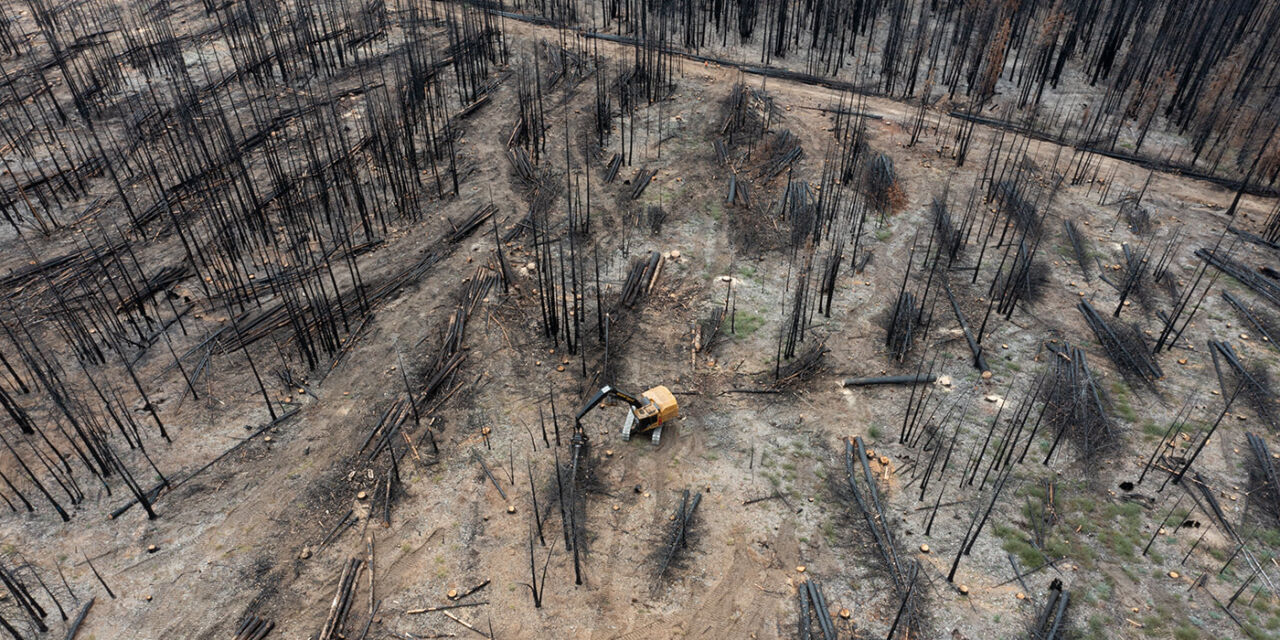
Loggers in California have grown accustomed to wildfires. In its Wildfire Activity Statistics, the California Department of Forestry and Fire Protection (Cal Fire) reported 7,641 wildfires in 2022 alone. Over the last five years, the state has seen over two million acres burned annually. And the problem does not seem to be improving.
When we visited Doug Stoy from D.L. Stoy Logging Co., he and his crew were working in Lassen County, California on a salvage clean-up after the Dixie fire. This 1,700 acre tract of burnt timber represented just a small fraction of the devastation caused by the Dixie fire. It burned 963,309 acres of federal, state, and private lands in Butte, Plumas, Lassen, Tehama, and Shasta counties before it was contained on October 25, 2021. It had an estimate cost of $1.15 billion and was the largest single (noncomplex) wildfire in California’s recorded history.
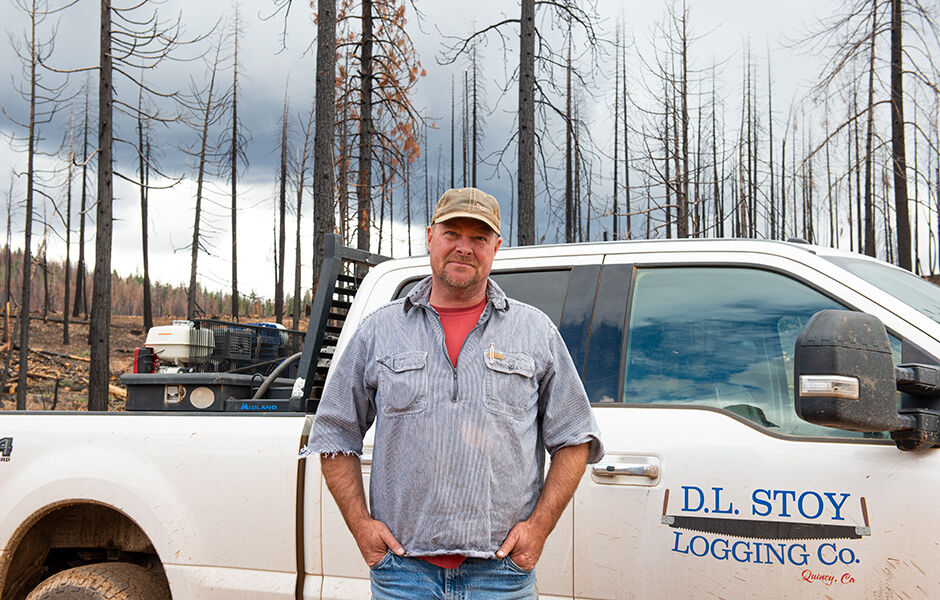
Resilient logger
“Obviously down the road that’s going to affect us a lot. Short term, we’re super busy. There’s no end to the wood. We’re just going as fast as we can. But long term, I worry about sitting here in a million-acre plantation picking and plucking what’s left. So yeah, these fires are just too big, particularly in California. I mean, a million acre fire, that’s just ridiculous. We can’t have that, that’s just too much. The timber’s going to be rotten before we can harvest it all,”
“My dad was a truck driver. He drove trucks for other logging companies, and of course, I grew up around it.”
“I just felt like I was ready to take a step and go out on my own and just do it the way I wanted to.”
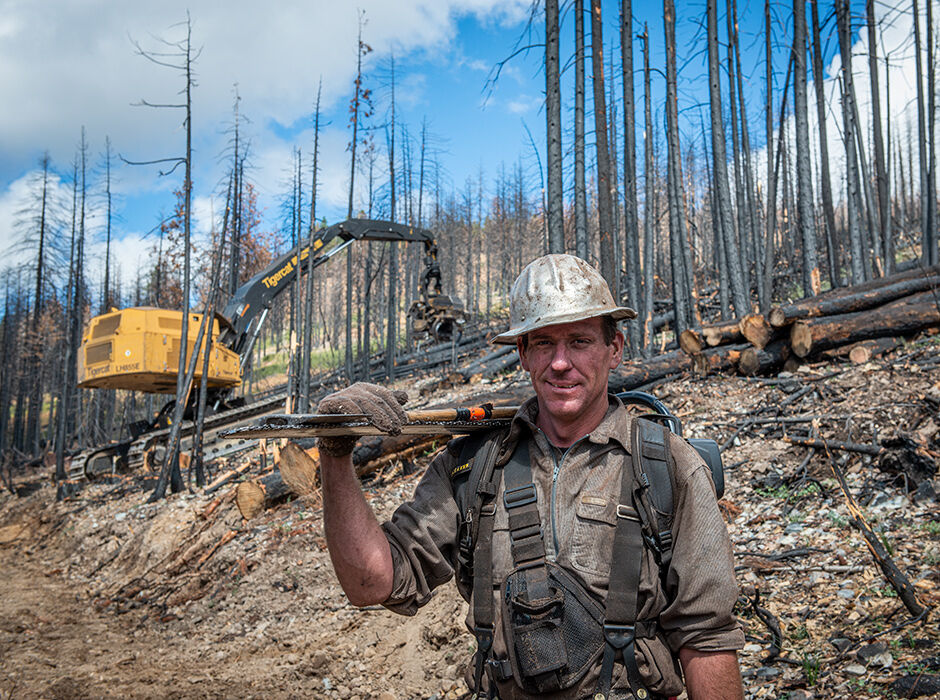
“I load logs and build roads. I was just running a dozer and skidding when you guys showed up. I’m here working every day too, and we’re just so short-handed, I have to be.”
“A lot of it is really some quality operators and guys that I brought with me throughout the years. I’ve had some really good, hard-working, talented operators. That’s all the difference in the world now. These machines can do the work, but you’ve got to have somebody talented enough to run them. They’re a little more technical than when I started. I have a core group of seven, eight guys that have been with me for a long time. That’s really the base of the company and then we try to build around those guys and add to it,”
“I think with Tigercat you just know that you’re getting the very top quality f whatever particular piece of equipment you’re looking for. Industry wide, Tigercat has a pretty good reputation for being a solid machine,”
“We need to be in the thirties every day. That’s kind of our normal production. We do about 25 million board feet a year.”
“Sorting is a big deal when you’re shipping ten different sorts to five different sawmills. It’s a constant struggle trying to get all the logs where they need to go.”
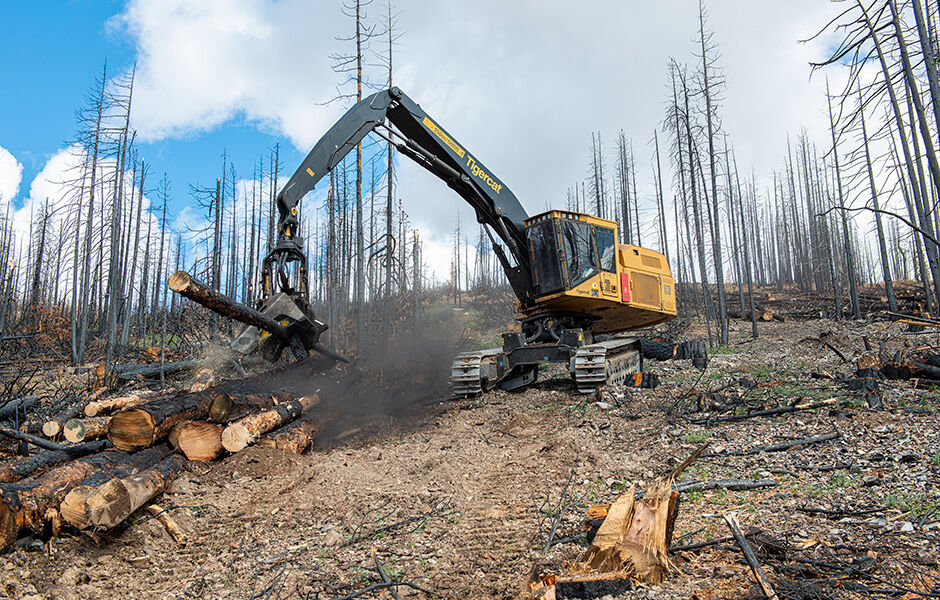
“I think with Tigercat you just know that you’re getting the very top quality of whatever particular piece of equipment you’re looking for. Industry wide, Tigercat has a pretty good reputation for being a solid machine. I feel like they lead the industry and particularly the feller buncher market. It’s unbelievable, the difference in operator comfort, speed and strength. They’re just really, really nice machines.”
“The last machine he was on didn’t level. It was just a road builder package for the processor head, and so the steep ground really slowed him down. With this one, right away we saw a tremendous upswing in production. I think the machine and the head are a little faster, a little stronger, but a lot of it is just operator comfort. When he’s on a steep slope, he’s sitting up there level instead of hanging off the side of the hill trying to process wood. It’s a great machine operating on steep ground,”
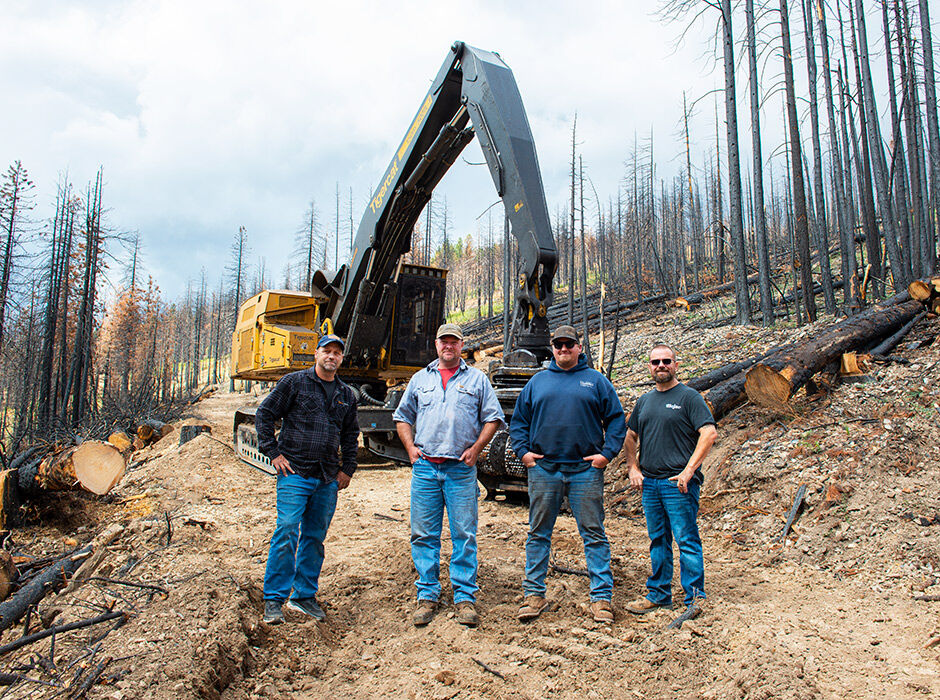
“When we first bought this machine, they were here for two days, and really helped to set it up and train the operator. That was definitely a big help. It would have been quite a learning curve for us to just take that machine and learn it ourselves.”
“We’ll definitely buy more Tigercat machines in the future now that Bejac is on board selling and servicing them. That’s a big difference for me – that I trust them. It’s just a matter of building that relationship with your dealership to know that they’re going to be here and keep you running.”
 Copyright 2020 All rights reserved.
Copyright 2020 All rights reserved.